
Mastering the Art of Communicating Your Brand Vision Online
In today’s digital age, effectively communicating your brand's vision online is a game-changer. This guide will equip you with the strategies to align your content with your brand vision and promote it successfully across various online platforms.
1. Develop an Effective Content Strategy
Align Your Content with Your Vision
Creating content that resonates with your brand's vision is more than just selling a product—it's about telling a story that reflects your values.
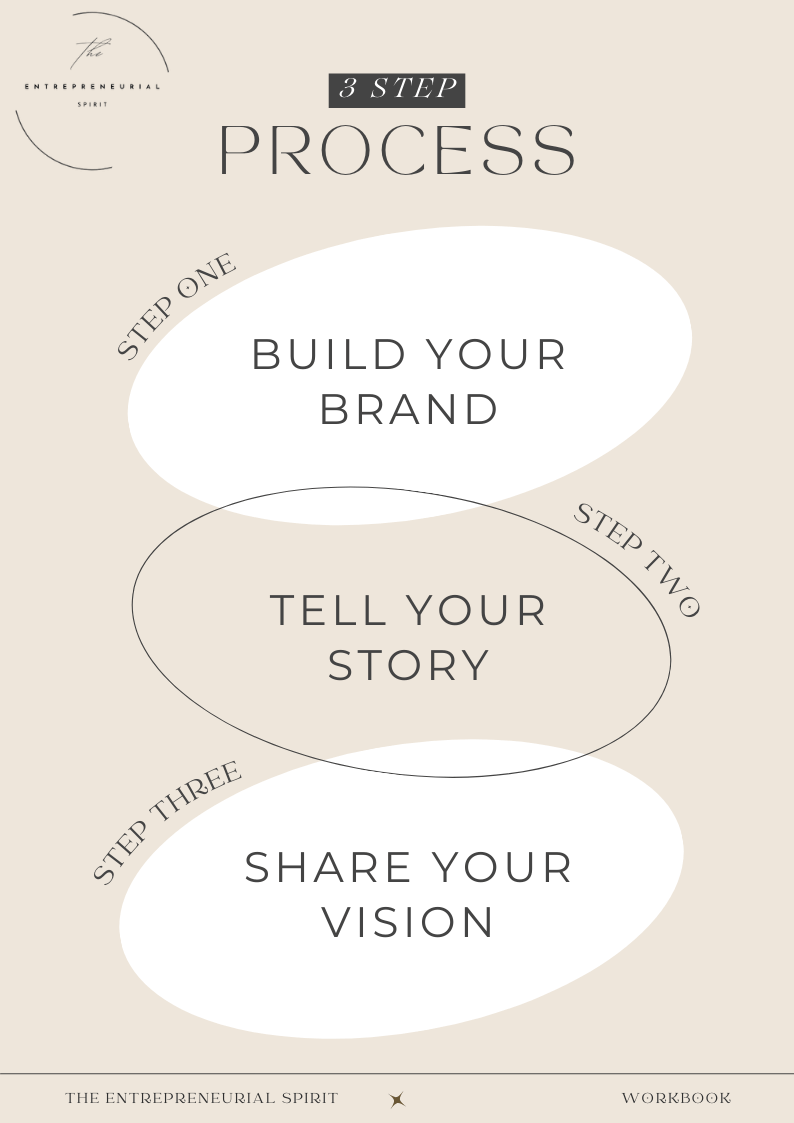
Here's how to develop a strategy that aligns with your brand:
- Identify Your Core Values: What does your brand stand for? Integrity, innovation, sustainability? Make sure these values shine through in your content.
- Define Your Brand Voice: Is your brand voice friendly, authoritative, or playful? Consistency in tone enhances brand recognition.
- Set Clear Objectives: Decide what you want to achieve. Is it brand awareness, customer engagement, or lead generation?
Research Your Target Audience
Understanding your audience is crucial to creating content that engages and appeals to them:
- Demographic Analysis: Identify key characteristics of your target audience, such as age, gender, location, and interests.
- Psychographic Insights: Understand their values, beliefs, and emotional triggers.
- Content Preferences: Discover what types of content (articles, videos, infographics) your audience prefers.
Craft Engaging Content
Once you know your audience, create content that captures their interest:
- Storytelling: Share stories that reflect your brand values and mission.
- Visual Content: Use high-quality images, infographics, and videos to make your content more engaging.
- Calls to Action (CTA): Encourage your audience to take action, whether it’s subscribing to a newsletter, sharing content, or making a purchase.
2. Leverage the Potential of Social Media
Understand the Platforms
Each social media platform has its own strengths. Here’s how to leverage them:
- Facebook: Ideal for community building and sharing diverse content types.
- Instagram: Perfect for visual storytelling and reaching younger audiences.
- LinkedIn: Best for B2B interactions and professional networking.
- Twitter: Great for real-time updates and engaging in conversations.
- TikTok: Excellent for creative and short-form video content.
Consistency and Quality
Consistency in posting and maintaining high-quality content is key:
- Content Calendar: Plan your posts in advance to ensure a steady flow of content.
- Quality Over Quantity: Focus on creating high-quality posts rather than flooding your feed with mediocre content.
- Engagement: Respond to comments, participate in discussions, and show appreciation for your followers.
Optimal Timing
Posting at the right time can make a significant difference:
- Analyze Data: Use analytics tools to determine when your audience is most active.
- Experiment: Try posting at different times and track engagement to find the best schedule.
3. Consistent Messaging Across Channels
Unified Brand Message
Ensure your brand vision is consistently communicated across all channels:
- Brand Guidelines: Develop guidelines that outline your brand voice, tone, and visual identity.
- Content Alignment: Make sure every piece of content, whether it’s a blog post or a tweet, reflects your brand vision.
- Cross-Channel Consistency: Maintain a consistent message across your website, social media, email newsletters, and any other platforms you use.
Tips for Consistency
- Templates: Use templates for social media posts, blogs, and emails to maintain a uniform look and feel.
- Regular Audits: Periodically review your content to ensure consistency.
- Team Training: Educate your team about your brand vision and guidelines to ensure everyone is on the same page.
4. Engage with Your Audience
Build a Community
Engagement is vital for building a loyal community around your brand vision:
- Interactive Content: Create polls, quizzes, and live Q&A sessions to involve your audience.
- Personalized Responses: Respond to comments and messages personally to make your audience feel valued.
- User-Generated Content: Encourage your audience to share their own content related to your brand.

Host Live Sessions
Live sessions are a great way to interact with your audience in real-time:
- Webinars: Host webinars on topics that interest your audience.
- Live Q&A: Answer questions from your audience live to build trust and rapport.
- Behind-the-Scenes: Share behind-the-scenes content to give your audience a glimpse of your brand’s culture.

5. Measure and Adjust
Track Performance
Measuring the effectiveness of your content strategy is crucial for continuous improvement:
- Analytics Tools: Use tools like Google Analytics, social media insights, and email marketing analytics to track performance.
- Key Metrics: Focus on metrics like engagement rate, click-through rate, conversion rate, and audience growth.
- Feedback: Collect feedback from your audience to understand what’s working and what isn’t.
Refine Your Strategy
Based on your analysis, make necessary adjustments to your strategy:
- Identify Weak Points: Look for areas where your content isn’t performing well and understand why.
- Experiment: Try new types of content, posting times, and engagement tactics.
- Iterate: Continuously refine your strategy based on performance data and feedback.
Conclusion
Communicating your brand’s vision effectively online requires a well-thought-out strategy, consistency, and active engagement with your audience. By following these steps, you’ll be able to create a compelling brand presence that resonates with your audience and drives your business forward.
Call to Action
Ready to elevate your brand’s online presence? Start today by downloading our free brand strategy workbook, filled with practical exercises to help you craft your unique brand story and strategy.
Additional Resources
- Content Strategy Templates: Get templates to streamline your content planning.
- Social Media Management Tools: Tools like Buffer and Hootsuite to manage your social media effectively.
- Audience Research Guides: Resources to help you understand and segment your audience better.
By implementing these strategies, you'll not only define your brand but also establish a powerful connection with your audience, setting the stage for long-term success.
Until next time,
Keep it real


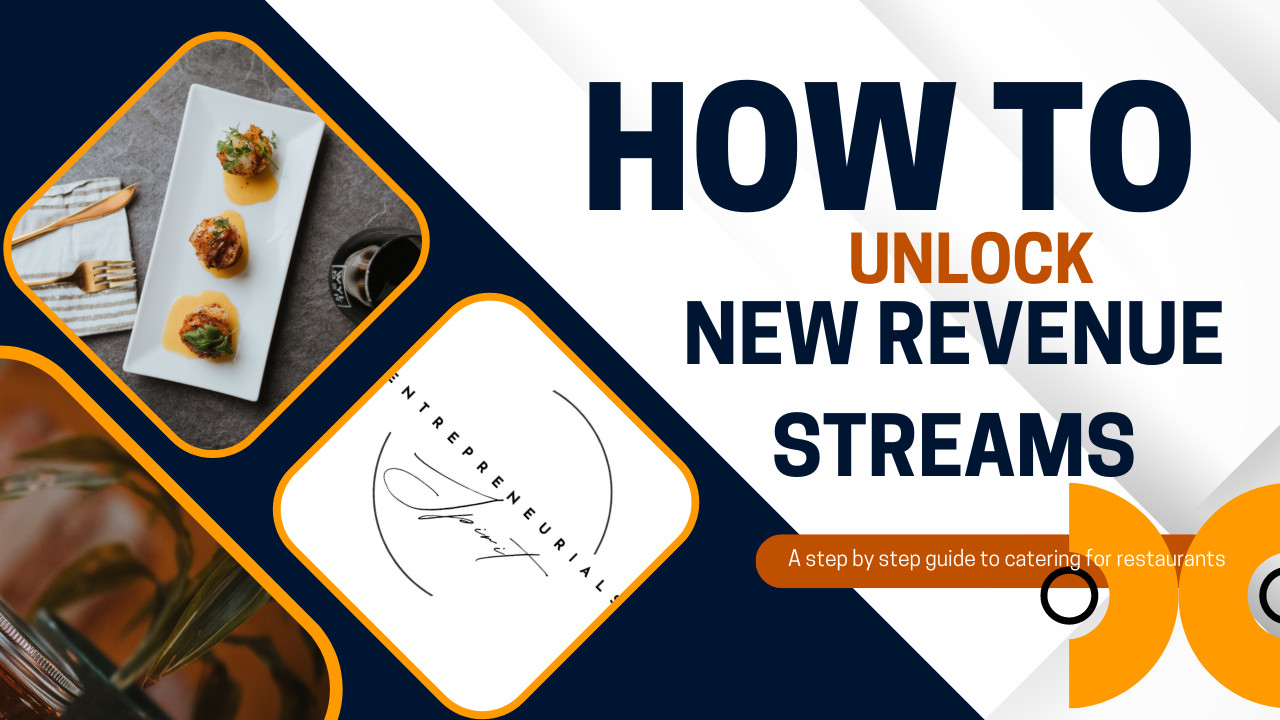


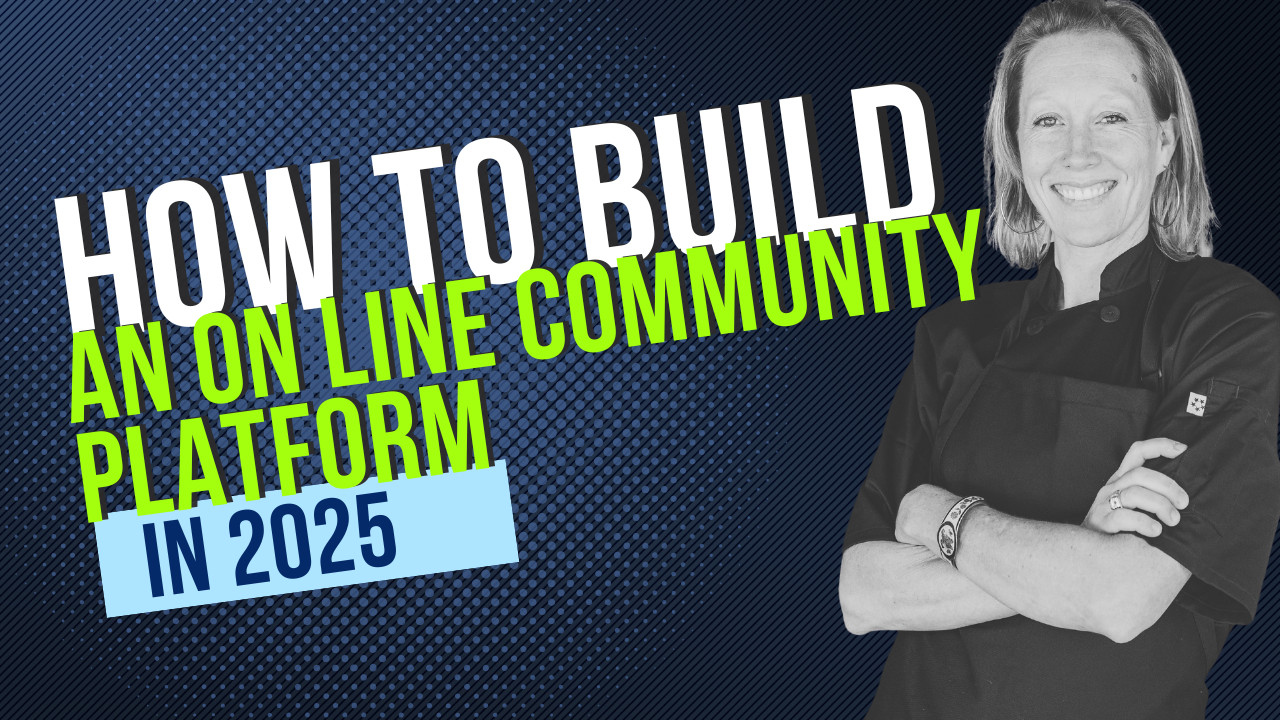
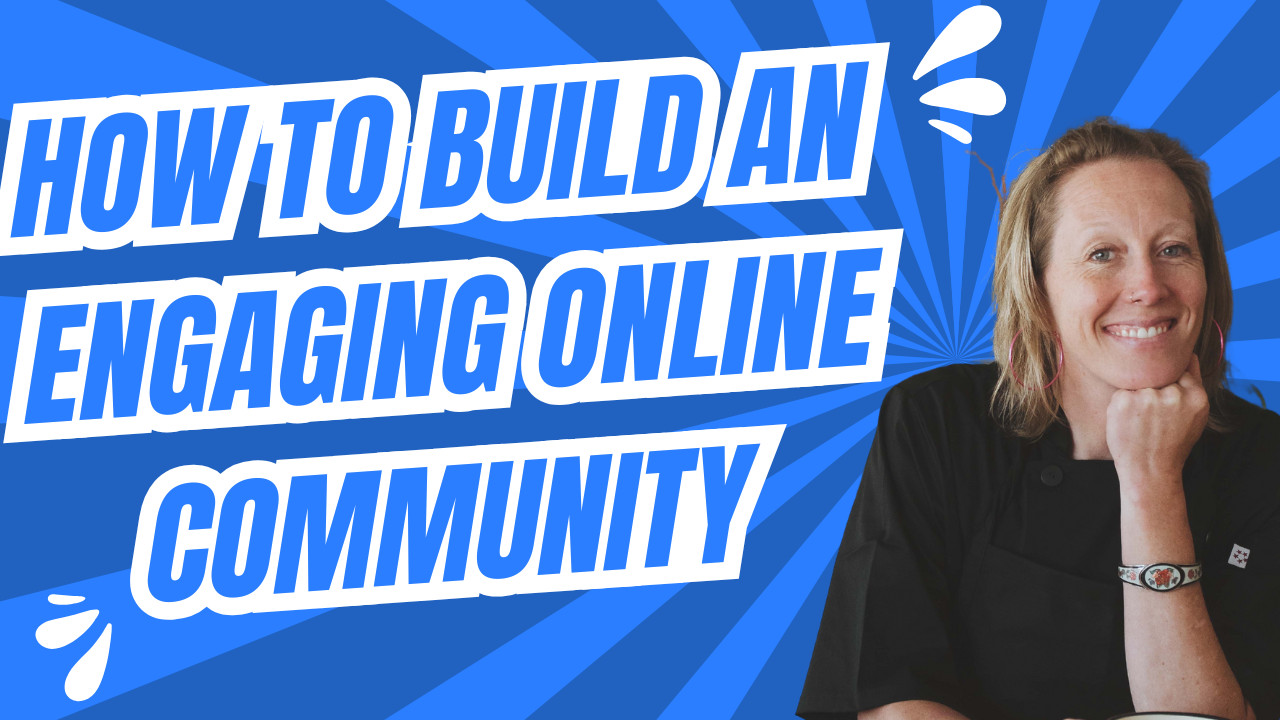

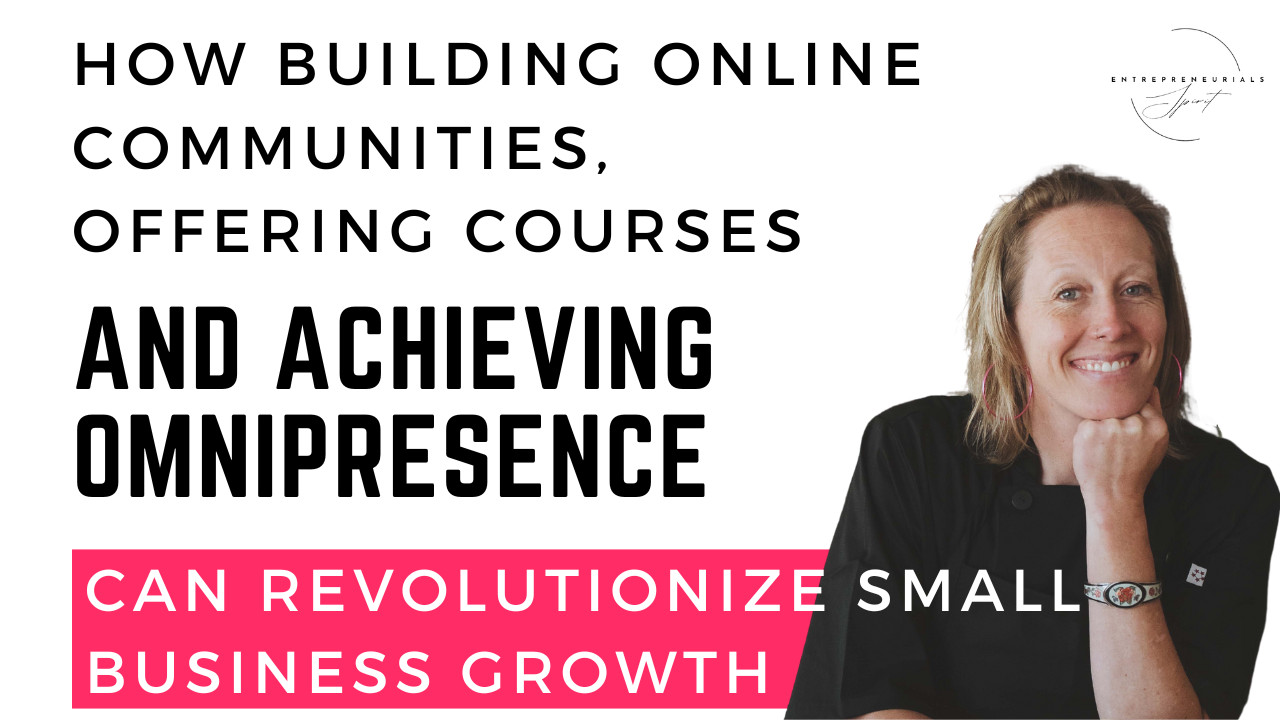
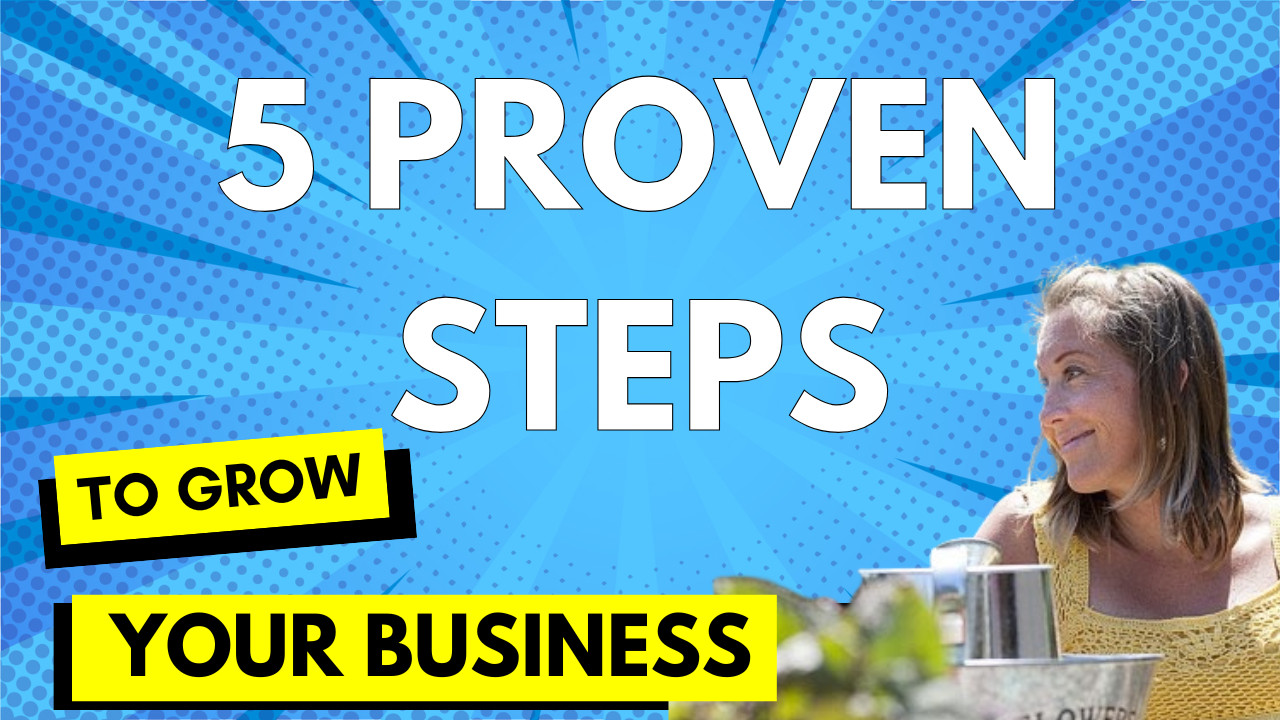






0 Comments